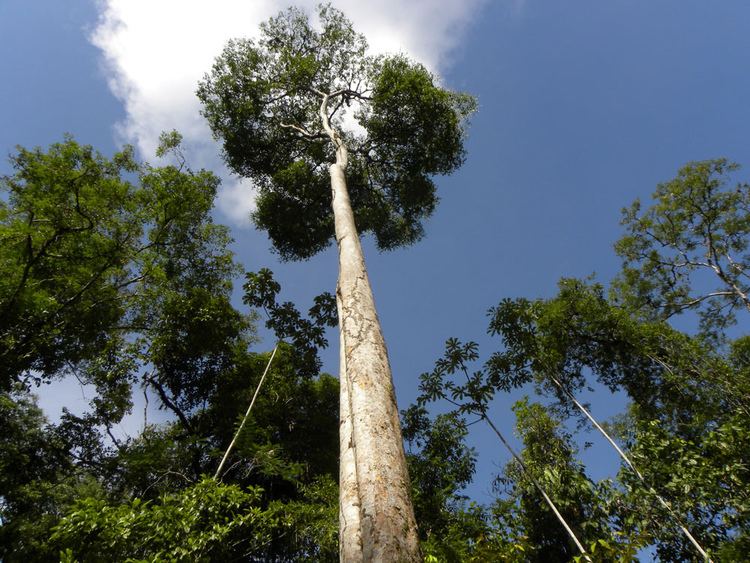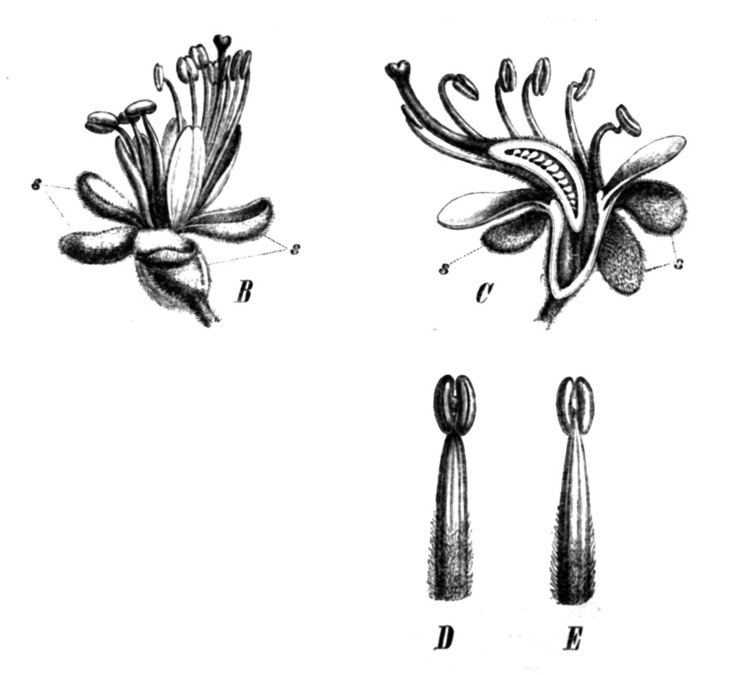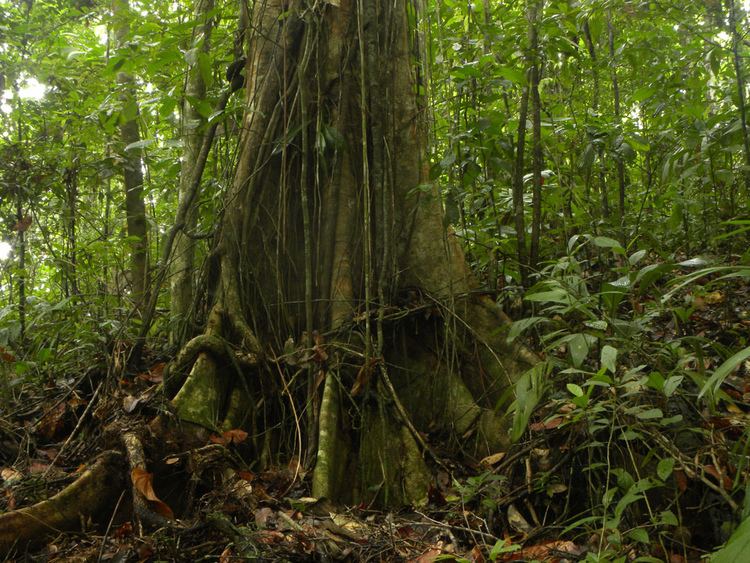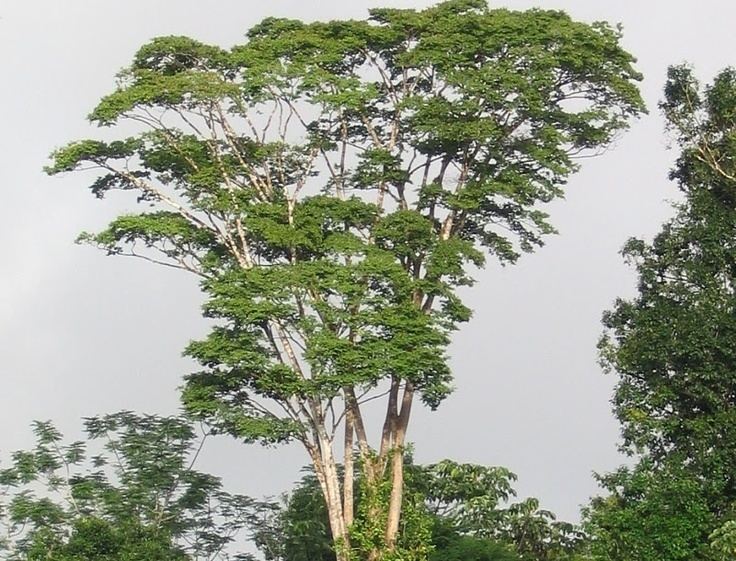Scientific name Peltogyne Rank Genus | Higher classification Legumes | |
 | ||
Similar Stinkingtoe, Goncalo alves, Legumes, Pterocarpus soyauxii, Guibourtia | ||
Peltogyne, commonly known as purpleheart, amendoim or amaranth, is a genus of 23 species of flowering plants in the family Fabaceae, native to tropical regions of Central and South America, where they occur in tropical rainforests. Purpleheart comes from the rainforests of Brazil, Guyana, and Suriname.
Contents

They are medium-sized to large trees growing to 30–50 m (100–160 ft) tall, with trunk diameters of up to 1.5 m (5 ft). The leaves are alternate, divided into a symmetrical pair of large leaflets 5–10 cm (2–4 in) long and 2–4 cm (1–2 in) broad. The flowers are small, with five white petals, produced in panicles. The fruit is a pod containing a single seed.

Distribution

The species of the genus range from southeastern Brazil through northern South America, Panama, Costa Rica, and Trinidad, with the majority of species in the Amazon Basin. P. mexicana is a geographic outlier, native to the Mexican state of Guerrero.
Wood

Purpleheart is an extremely dense and water-resistant wood. It is ranked one of the hardest and stiffest of the woods in the world. It is so durable that it can be used in applications that require toughness, such as truck decking. The trees are prized for their beautiful heartwood which, when cut, quickly turns from a light brown to a rich purple color. Exposure to ultraviolet (UV) light darkens the wood to a brown color with a slight hue of the original purple. The longer the wood is exposed to UV lights (sunlight), the colour of purple slowly changes from a light purple to a substantially chocolate-purple colour. This effect can be minimized with a finish containing a UV inhibitor. The dry wood is very hard and dense with a specific gravity of 0.86 (860 kg/m3 or 54 lb/cu ft). Carbide blades are recommended when working with purpleheart wood. The wood is also known as amaranth and violet wood. Overharvesting has caused several species to become endangered in areas where they were once abundant.
Uses

Purpleheart is mainly used for woodworking. It is prized for fine inlay work, woodturning, cabinetry, flooring, and furniture. Purpleheart is also notably used for guitar or musical instrument inlays and design. Exposure to the dust, generated by cutting and sanding purpleheart, can cause irritation and nausea, possibly due to the presence of dalbergione (neoflavonoid) compounds in the wood. This also makes purpleheart wood unsuitable to most people for use in jewelry. Purpleheart is also a fairly expensive wood, which is why it is usually used in smaller-scale projects. Purpleheart is difficult to work with. If it is cut using dull blades or bits, a resin is emitted from the wood that can cause damage to the machinery. Power tools, if used improperly, can cause burn marks on the wood. In the case of purple heart being burned, the charring is quite difficult to remove due to the density and hardness of the wood.
